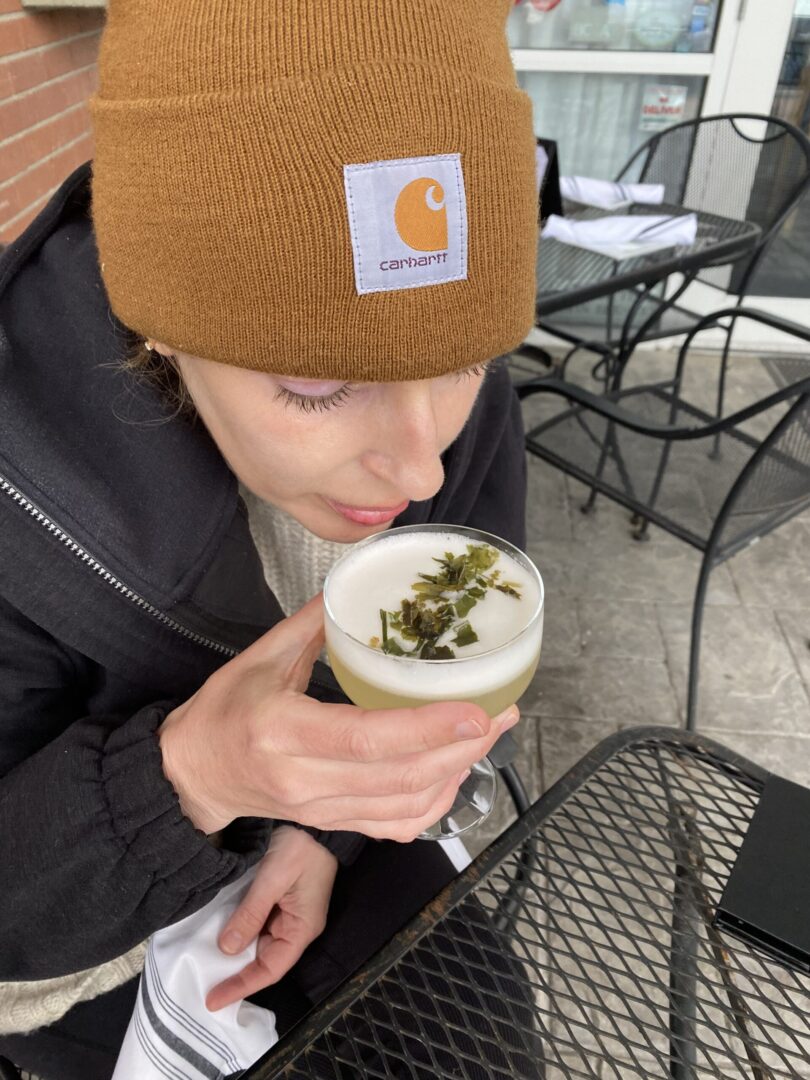OLD SAYBROOK – After finishing off a scallop dish with cucumber-kelp salad and a white chocolate custard dessert topped with candied kelp at Liv’s Oyster Bar Thursday evening, Jessica Hampton was rea...
Haven’t subscribed yet? Click here to register.
CT Examiner is just $20 a year. And if you want to unsubscribe? That’s online and at the click of a button. No phone calls. No runaround. No hassle.
At less than a tenth the cost of our statewide competitors, our promise to you is no-nonsense federal, state, and local news that’s nonpartisan, respects your privacy and is ad-free.
Subscribe and see why CT Examiner is the fastest growing news source in Connecticut.
